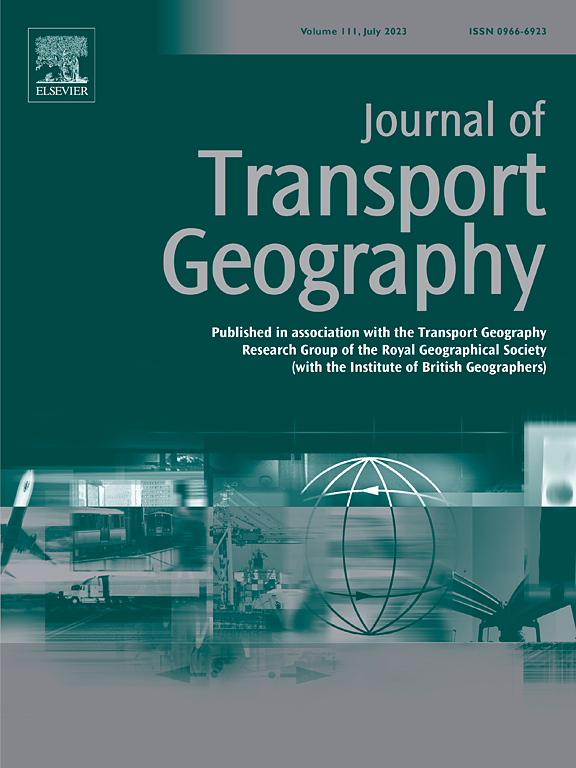Heterogeneity in inter-episode intervals for discretionary activities; covariate-dependent finite mixture models
IF 5.7
2区 工程技术
Q1 ECONOMICS
引用次数: 0
Abstract
Even though the importance of considering day-to-day variability in travel demand modeling has long been acknowledged in the field, most state-of-the-art activity-based models still only have a single-day prediction horizon. As such, bias arises from the aggregation to ‘an average’ day. A few which differentiate between days of the week (such as Albatross) still fail to incorporate dependencies between activities conducted in multiple days. Understanding the heterogeneity in (ir)regularity of discretionary activities and the inter-episode durations with which they are conducted, is a stepping stone to extend ABMs to multi-day horizon models. Over two years of GPS data from the Netherlands are used to estimate exponential models to capture irregular activity conductors, while Erlang-k models are estimated to represent the regular activity conductors. A mixture model of the exponential-Erlang-2 model is presented where the extent of activity-regularity is endogenously estimated. The heterogeneity within each group is estimated in a non-parametric fashion and, in certain cases, is shown to outperform the parametric equivalence. The proposed models are applied to grocery shopping, non-grocery shopping and leisure activities.
自主活动发作间隔的异质性;协变量相关有限混合模型
尽管在旅行需求建模中考虑日常变化的重要性早已在该领域得到认可,但大多数最先进的基于活动的模型仍然只有一天的预测范围。因此,偏差产生于对“平均”日的汇总。一些区分一周中的几天(比如Albatross)的软件仍然不能合并在多天内进行的活动之间的依赖关系。了解自由支配活动的(或)规律性的异质性及其进行的事件间持续时间,是将ABMs扩展到多日视界模型的基石。来自荷兰的超过两年的GPS数据被用来估计指数模型,以捕获不规则的活动导体,而Erlang-k模型估计代表正常的活动导体。提出了一种指数- erlang -2模型的混合模型,其中活动规律的程度是内生估计的。每组内的异质性以非参数方式估计,在某些情况下,其表现优于参数等效。所提出的模型适用于杂货购物、非杂货购物和休闲活动。
本文章由计算机程序翻译,如有差异,请以英文原文为准。
求助全文
约1分钟内获得全文
求助全文
来源期刊

Journal of Transport Geography
Multiple-
CiteScore
11.50
自引率
11.50%
发文量
197
期刊介绍:
A major resurgence has occurred in transport geography in the wake of political and policy changes, huge transport infrastructure projects and responses to urban traffic congestion. The Journal of Transport Geography provides a central focus for developments in this rapidly expanding sub-discipline.
 求助内容:
求助内容: 应助结果提醒方式:
应助结果提醒方式:


